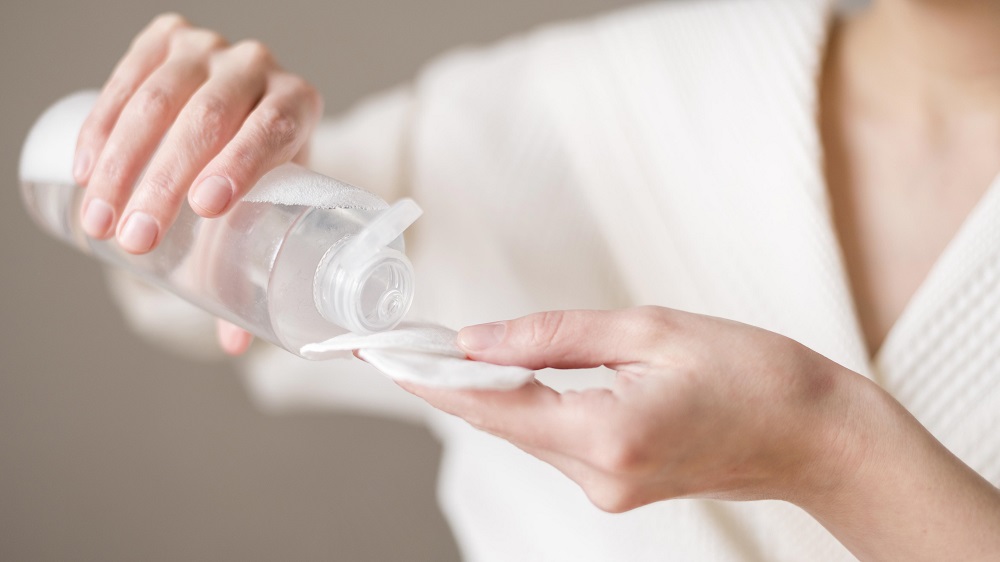Everyone wants to have great looking skin, but to achieve this goal, it’s very important to start taking care of your skin from an early age. Especially, given how much wear and tear our skin goes through on a daily basis.
The first step to any skincare routine is to find one’s skin type. For developing an effective skincare regimen, it is of utmost importance to choose products that suit your skin type. A product designed for people with normal skin – skin that is neither too oily or dry – is not likely to benefit people with oily skin. This is why it is essential for each individual to know their skin type so that they can choose products that will actually show desired results.
Every person’s skin is unique, but there are a few common skin types that may help you to identify where your skin fits in the most:
-
Normal Skin: Skin that is neither too oily, nor too dry.
-
Combination Skin: Skin that gets oily only on and around the T-zone (Forehead, Nose, and Chin).
-
Sensitive Skin: Skin that is prone to redness and irritation.
-
Oily Skin: Skin that gets greasy due to excessive oil production.
-
Dry Skin: Skin that feels dehydrated, tight and flaky.
Here are two easy ways to determine your skin type at home:
- Take a look at your Pores: Your pores are the best indicators of your skin type. Their size and tendency to get clogged can tell you a lot about your skin and its oil production. For Combination Skin, pores are large and often clogged around the nose but are small and unnoticeable on the cheeks and other areas of the face. Sensitive Skin types often have normal to large pores, but this can differ based on a possible reaction to a product or other irritants. Normal Skin usually has pores that are unnoticeable. People with Oily Skin often struggle with large pores that get easily clogged with sweat and oils the body secretes. Lastly, people with Dry Skin typically have small pores that often feel tight.
- Check Sebum Production: Cleanse your face thoroughly with a mild cleanser and gently pat it dry. Leave the skin bare, and do not apply any moisturizers, serums or other products. After 30 minutes, examine your cheeks, chin, nose and forehead for any shine. After another 30 minutes, evaluate whether your skin feels parched/dry, especially if you smile or make any other facial expressions. If your skin feels tight, your skin is likely Dry. If there is noticeable shine on your nose and forehead, your skin is mostly likely Normal/Combination. If there is shine on your cheeks in addition to your forehead and nose, you most likely have Oily Skin.
Remember that your skin type can affect how products work. Using the wrong product, even if it’s natural, can cause breakouts, worsen blemishes, or cause redness. It’s best to find out what skin type you have and build your skin care routine around that. You can also take notes on product ingredients to see if specific ingredients are causing unwanted skin reactions.
Disclaimer: It is always advisable to consult a dermatologist for severe skin concerns and before trying out any topical treatments.
Note: The cover image of this article was taken from 'https://www.freepik.com/photos/water'>Water photo created by freepik - www.freepik.com

